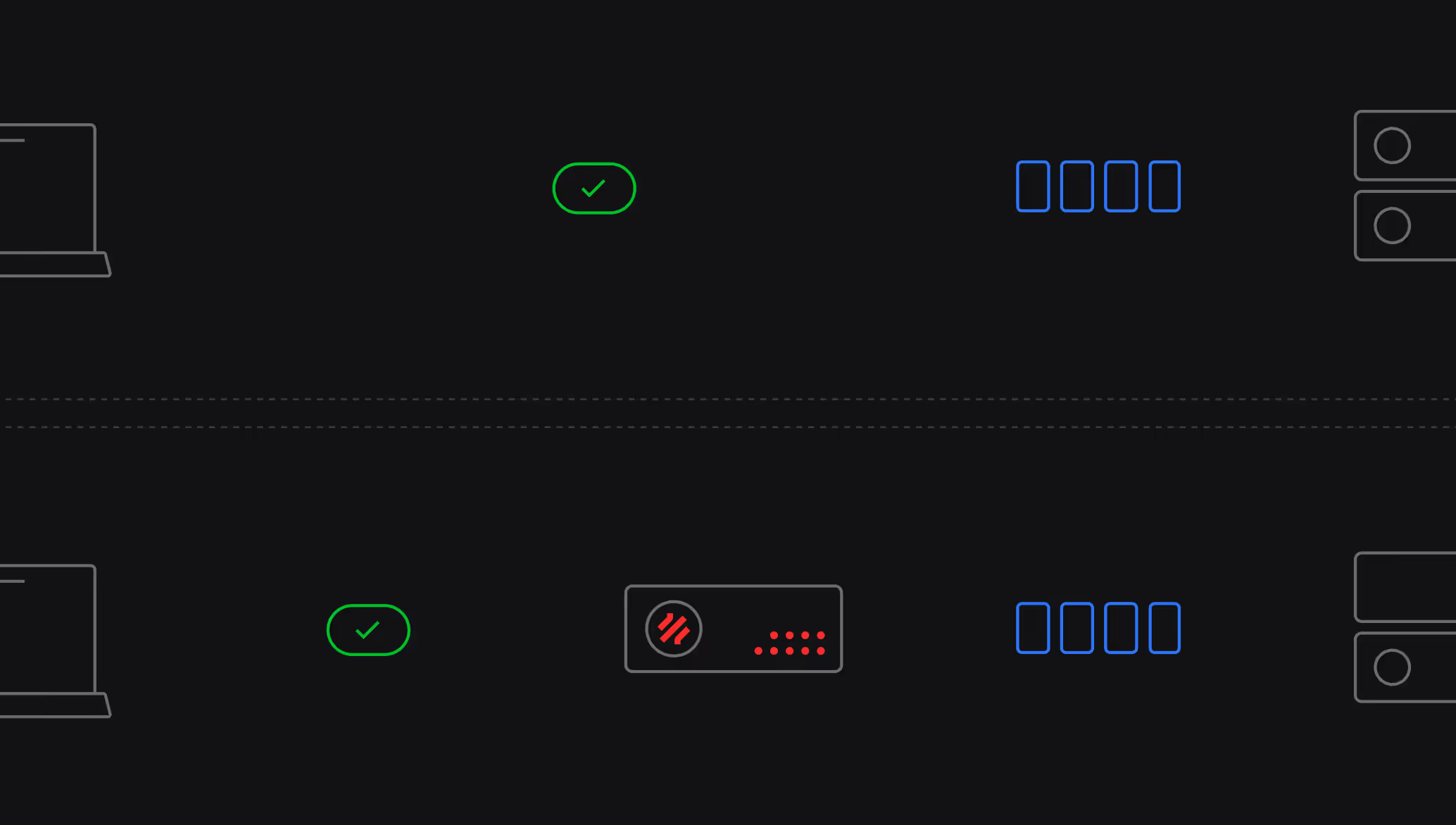The most advanced technology to maximize the quality of experience of your network subscribers.

Reduce support calls and truck rolls

Reduce customer churn

Gain new customers
We thought we were doing all we could with our original QoE solution, but after installing Bequant next-gen QoE our customer support calls dropped by 35%.
Results
Transform your bufferbloat network grade.
If your customers use the popular Waveform bufferbloat test, which will assign a grade to your quality in terms of its bufferbloat and its suitability for gaming applications, the Bequant QoE will provide a significant boost in the grade of your network.
QoE ensures better speed test results and less customer complaints.
600+ ISPs powered by Bequant QoE


























































[TCPO] TCP Optimization
The Bequant TCPO increases the network speed experienced by end users.
Even first-class networks can stall when a home Wi-Fi router introduces stray packet loss. TCP and QUIC servers interpret those losses as congestion and throttle traffic to a fraction of the path’s true capacity. Bequant’s TCP Proxy — armed with our patented, next-generation congestion-detection algorithms — instantly separates random Wi-Fi noise from genuine
congestion and keeps every TCP flow cruising at the maximum rate the network can sustain. The payoff is simple: consistently higher throughput, snappier applications, and a visibly faster experience for subscribers.
Lorem Ipsum is simply dummy text of the printing and typesetting industry.
How BQN TCPO works

Detect congestion with a faster TCP Stack.
The Bequant TCP stack detects congestion based on the measured delivery rate, as described in our patent portfolio. Our improved congestion detection algorithm allows our TCP to be more aggressive when there is no congestion and to back off in real congestion, being able to carry out this discrimination in challenging environments: with shallow buffers, wireless links, packet losses or large network delays.
The following graph shows the reduction in the page loading time of several popular websites and applications, measured in a large mobile cellular network over one week with thousands of measurements.
Lorem Ipsum is simply dummy text of the printing and typesetting industry.
Comparing our TCP stack with Cubic, BBR & BBR2 TCP.
[ACM] Automatic Congestion Management
Reduce latency and packet loss originated by edge or customer premises equipment.
Even in the best networks, slow WiFi connection can trigger high latency and packet loss, disrupting gaming and video calls.
Bequant’s ACM uses machine learning to monitor each user's speed, latency, and packet loss in real time. It detects issues — even at speeds below the user's rate plan — and optimizes transmission to avoid them. Running from the network core, ACM reduces congestion from edge and in-home devices, improving QoE and lowering support calls. It’s also simpler and more cost-effective than managing performance at every endpoint.
We already had a solid QoE solution in place, but decided to take Bequant up on their 30-day trial — and we're glad we did! Our network latency dropped from 30 ms to 15 ms, and retransmissions fell by 80%. Bequant's team truly goes above and beyond!

[AQM] Active Queue Management
Bequant QoE reduces latency and packet loss, especially for interactive applications, with the most advanced queueing technology in the market.


Rate plans are implemented with the most advanced AQM in the market.
Limit rates without impacting online gaming and teleconferences.
Interactive applications, like online games and teleconferences, can be severely impacted by rate limitations in congestion, because of their high sensitivity to latency and packet losses. However, our unique multi-queue technology guarantees an independent queue for each connection.
Multiple queues ensure that interactive data do not have to wait in queues with heavy traffic, like video streaming. In this way, interactive applications will not notice the rate limitation, even in congestion situations.
Lorem Ipsum is simply dummy text of the printing and typesetting industry.
